A PRIMER IN BIOLOGICAL DATA ANALYSIS AND VISUALIZATION USING R
A Primer in Biological Data Analysis and Visualization Using R
Gregg Hartvigsen
COLUMBIA UNIVERSITY PRESS NEW YORK
Columbia University Press
Publishers Since 1893
New York Chichester, West Sussex
cup.columbia.edu
Copyright 2014 Gregg Hartvigsen
All rights reserved
E-ISBN 978-0-231-53704-9
Library of Congress Cataloging-in-Publication Data
Hartvigsen, Gregg.
A primer in biological data analysis and visualization using R / Gregg Hartvigsen
p. cm.
Includes [bibliographical references and index.]
ISBN 978-0-231-16698-0 (cloth : alk. paper) ISBN 978-0-231-16699-7 (pbk.: alk. paper) ISBN 978-0-231-53704-9 (e-book)
Library of Congress Subject Data and Holding Information can be found on the Library of Congress Online Catalog.
2013952140
A Columbia University Press E-book.
CUP would be pleased to hear about your reading experience with this e-book at .
Cover design: Milenda Nan Ok Lee
Cover image: Getty Images
References to websites (URLs) were accurate at the time of writing.
Neither the author nor Columbia University Press is responsible for URLs that may have expired or changed since the manuscript was prepared.
CONTENTS
We face danger whenever information growth outpaces our understanding of how to process it.
(
In our effort to understand and predict patterns and processes in biology we usually develop an idea or, more formally, a conceptual model of how our system works. We generally frame our models as testable hypotheses that we challenge with data. As the science of biology has matured our questions of how nature works have gotten more sophisticated and complex. Unfortunately, we are not able to simply look at a table of raw data that we get from an experiment and see an answer to an interesting question with any quantitative level of confidence. Instead, to accomplish this we will learn how to use the R statistical and programming software package to process these data (summarize, analyze, and visualize our results). We also will go a step further and work to understand what these results mean biologically.
). It seems that there is a lot of variability in predation rates (the histogram) and that predation rates decrease with increasing urbanization (housing density). Specifically, as seen in the inset graph, the authors state that There was a significant negative correlation between housing density and annual predation rates on birds (r = 20.699, p = 0.036).
When we have questions that we want to answer, such as what are cats up to when theyre outside?, we might read books of fiction, such as the series on Warrior cats (see books by Erin Hunter, which is actually a pseudonym!). In biology, however, we seek to understand things like cats by collecting, interpreting, analyzing, and visualizing data. This book is designed to help you to be able to do this. If youre interested in other disciplines I hope the examples in this book help you, too! I also hope that as you use this book you lose any fear you might have of data and instead seek out and work with data and understand what they tell you about the things that got you interested in biology in the first place, like cats (or, more likely, dogs).
WHAT THIS BOOK IS (AND ISNT)
This book is designed to help you collect, organize, analyze, and visualize data. I assume you have not heard of the free, open-source program R and I will, therefore, introduce you to how to use it to accomplish these goals. Although I imagine you have had some experience making graphs and calculating a few descriptive statistics (e.g., mean and standard deviation in Excel) I assume you havent done this. If you dont know Excel, or dont have access to it, you will be able to do all the heavy lifting in this book. I assume you have not taken a course in statistics.
This book, therefore, aims to give you a foundation upon which to become a better student of science and a better consumer of scientific information. More specifically you will learn how to
formulate hypotheses,
design better experiments,
do many standard statistical procedures,
interpret your results,
create publication-quality visualizations of your results,
find help so you can solve your own problems, and
write a simple computer program.
You shouldnt expect to read this book and become a quantitative guru. Instead, you should hope to become competent at finding answers to some of your questions, such as are these two samples different? and is there a significant linear relationship between my variables? You will become a resource to the people around you. And if you put in some time playing with R you will be the go-to person for data.

Figure 1: Two figures from a recent paper on urban cat predation rates (Thomas et al. [2012]). The larger graph is a histogram showing percentages (instead of the usual frequencies, or counts) for the number of prey returned to households. Black and white bars are for households with a single-cat versus multiple-cats, respectively. The insert is a scatterplot with best-fit straight lines added for birds, mammals, and for both animal groups combined. The combined data points have been omitted! The relationships are analyzed and discussed in the paper as correlations and, therefore, adding lines is inappropriate (see the box on ). The graphs and resulting analyses were likely done using R, but that doesnt mean they are correct! After you work through this introduction you should be able to comfortably assess these data, correctly perform the analyses and create more appropriate visualizations.
I have written this book primarily with the hope that youll feel more comfortable with complex biological problems. It has grown out of what I have seen challenge my own undergraduate students. But it also covers some topics that I think are fun and valuable to know how to do (e.g., programming). The chapters end with problem sets for you to challenge yourself to use what you have learned. Some of the data are real while some are merely realistic. I also have included solutions to the odd-numbered problems at the end of the book. Finally, the book is filled with R code. You should type this is in yourself because this helps with the learning process. You can, however, go to https://github.com/GreggHartvigsen/PrimerBiostats and download all the code from this book.
This book is neither a formal introduction to R nor a statistics textbook. Instead, this book helps you to you solve problems youre likely to encounter in your undergraduate program in biology. I work to explain what statistics are and how to share and interpret scientific results. After working through this book you should be able to solve a variety of problems with the most widely used statistical and programming environment. I hope you will no longer be afraid of data and will be more able to enter data into the computer, test hypotheses, and present your findings.

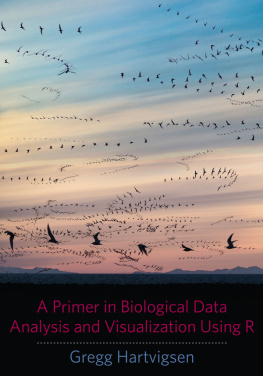

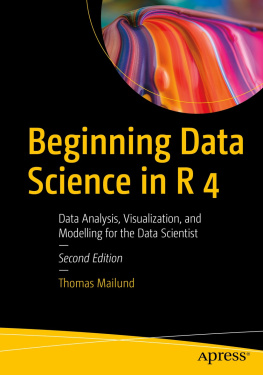
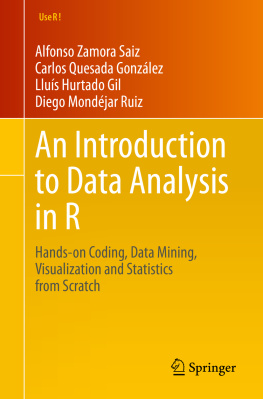
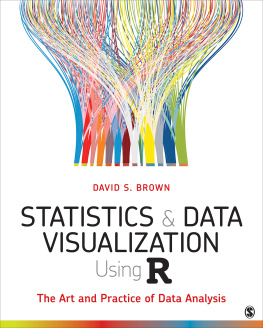
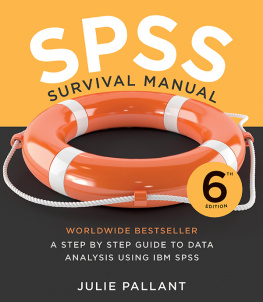
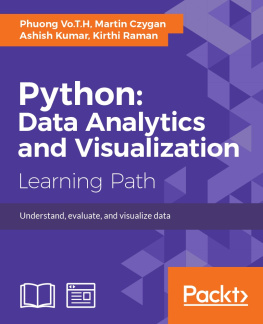
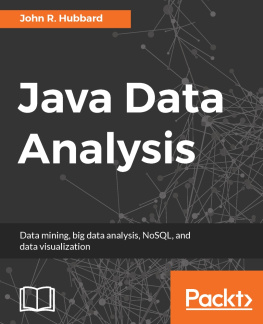
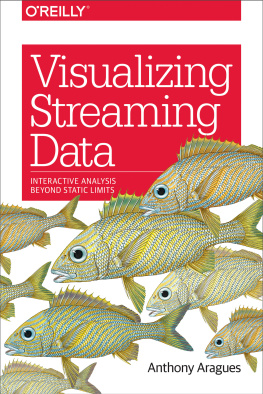
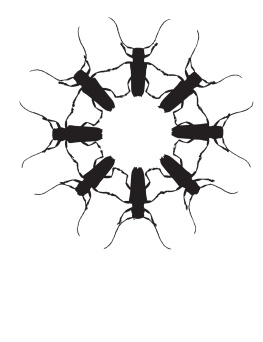
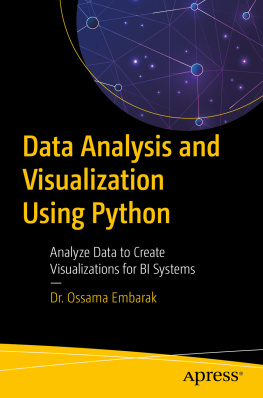
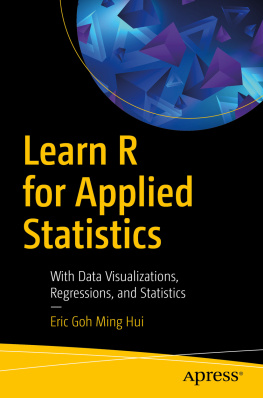
![Thomas Mailund [Thomas Mailund] - Beginning Data Science in R: Data Analysis, Visualization, and Modelling for the Data Scientist](/uploads/posts/book/119629/thumbs/thomas-mailund-thomas-mailund-beginning-data.jpg)



